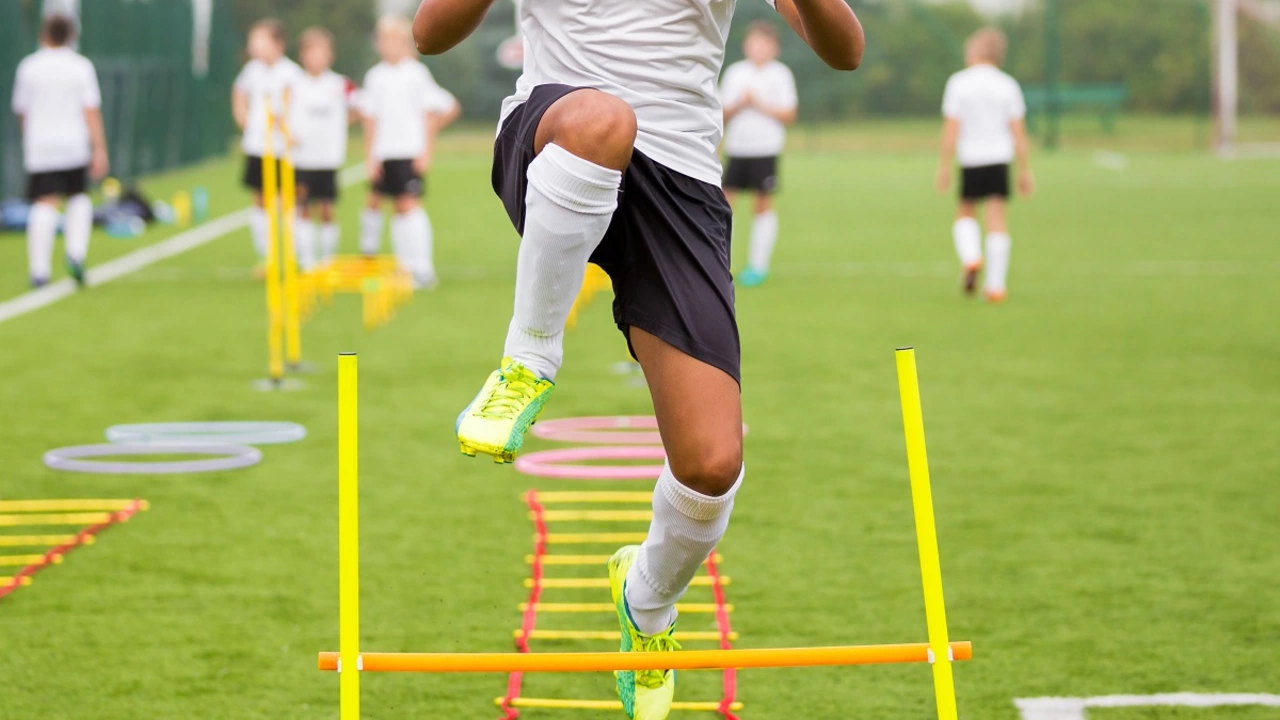Soccer Roles: A Simple Guide to Every Position
If you’re new to the game or coaching kids, understanding soccer roles is the first step to playing smarter. Each spot on the field has a purpose, and knowing what that purpose is helps you make better decisions on and off the pitch.
Basic Positions and Their Jobs
The four core roles are goalkeeper, defender, midfielder, and striker. The goalkeeper stays in the box, uses hands, and focuses on stopping shots. Good keepers communicate constantly and practice catching and diving.
Defenders line up in front of the keeper. Their main job is to stop attackers, keep the ball away from the goal, and start attacks with clean passes. Center‑backs stay in the middle, while full‑backs cover the wings and may join forward runs.
Midfielders sit in the middle of the field. They link defense and attack, win the ball back, and look for passing lanes. Defensive mids protect the back line, while attacking mids push forward and create chances.
Strikers finish the play. Their focus is to get into scoring positions, hold up the ball, and convert chances into goals. A good striker moves smart, thinks quick, and knows where the net is.
Specialized Roles and How to Play Them
Beyond the basics, there are roles like wing‑back, playmaker, and target man. Wing‑backs combine defending and crossing, so stamina and crossing skills matter. Playmakers sit deeper, control the tempo, and deliver key passes—vision and calm are key.
A target man stays near the penalty area, uses strength to hold up the ball, and heads crosses toward teammates. If you’re taller and good at heading, this role suits you well.
Some teams use a ‘false nine’—a forward who drops deep to pull defenders out of position, creating space for others. This needs good ball control and the ability to read the game.
For junior players, rotate through several positions. It builds a full understanding of the game and lets each child discover what feels natural. Coaches can assign short drills that focus on the main tasks of each role, like shooting for strikers or clearances for defenders.
Remember, communication is the glue that holds any formation together. Call out when you’re covering, ask for the ball, and keep your teammates informed. Even the best‑trained player can’t succeed without talking.
Training drills should match the role. Goalkeepers practice saving shots and distribution. Defenders work on tackling and heading. Midfielders run passing circuits, and strikers do finishing drills. Keep each session short and purposeful—kids stay engaged and improve faster.
Understanding soccer roles helps you choose the right position, support teammates, and enjoy the game more. Whether you’re playing for fun, training a junior side, or just watching a match, knowing who does what makes every pass and goal feel clearer.
